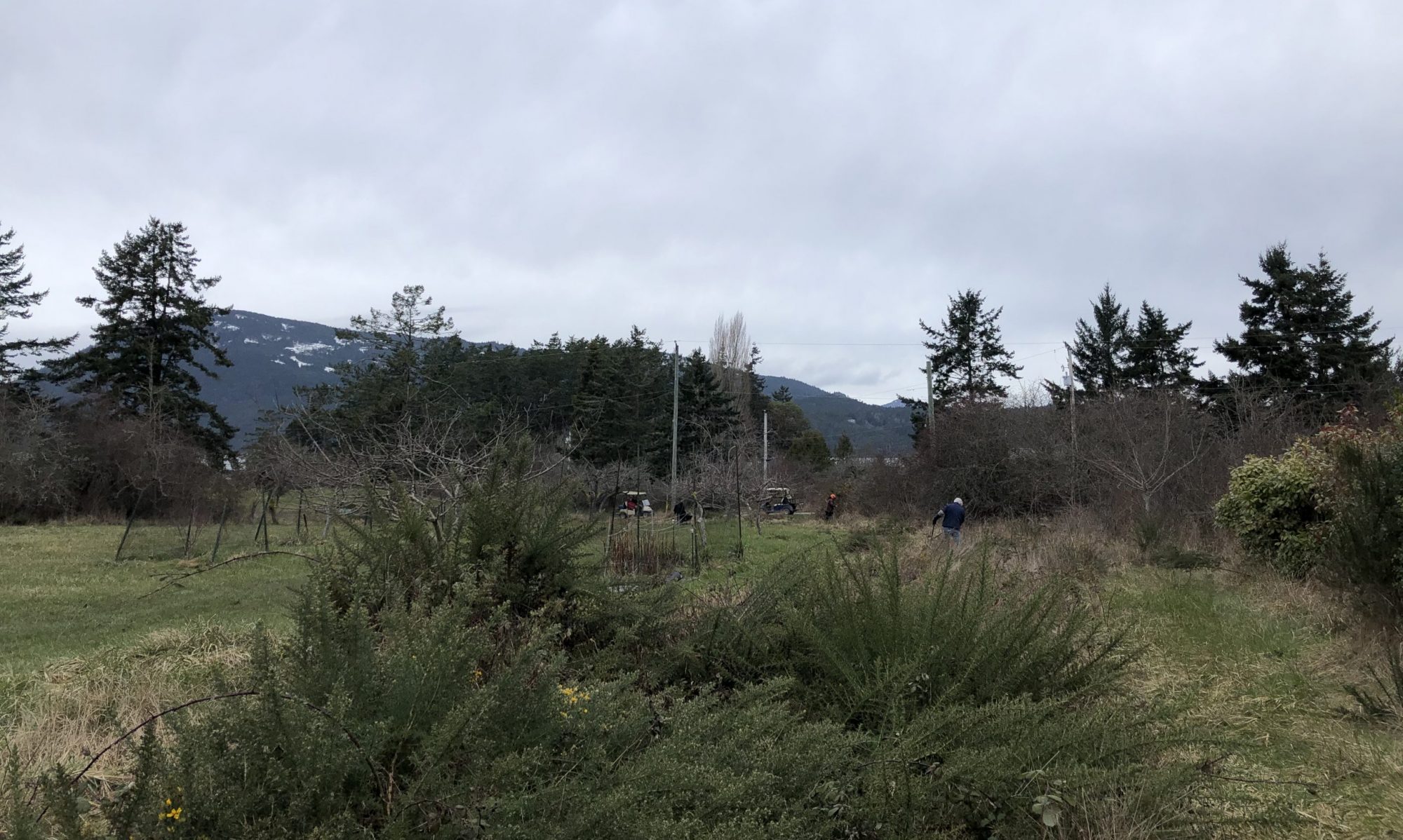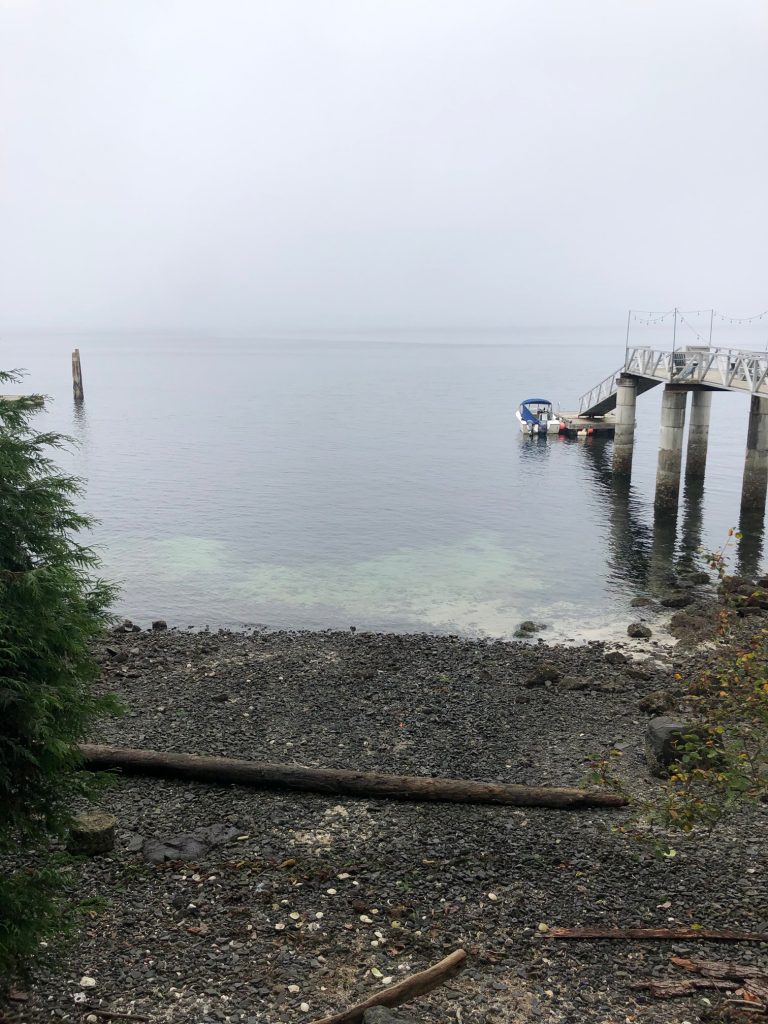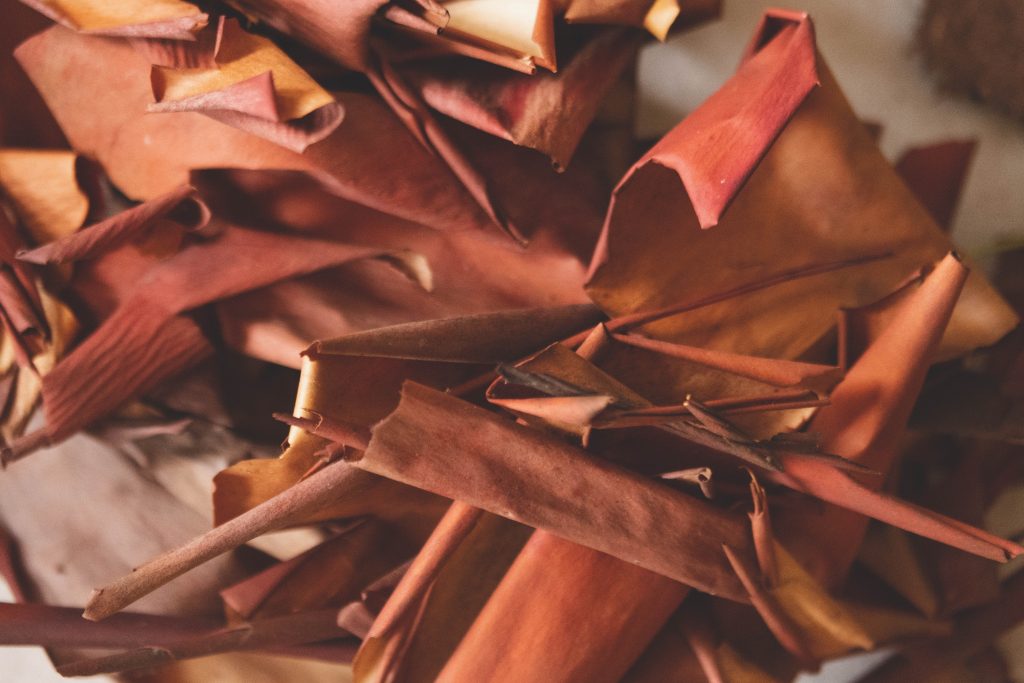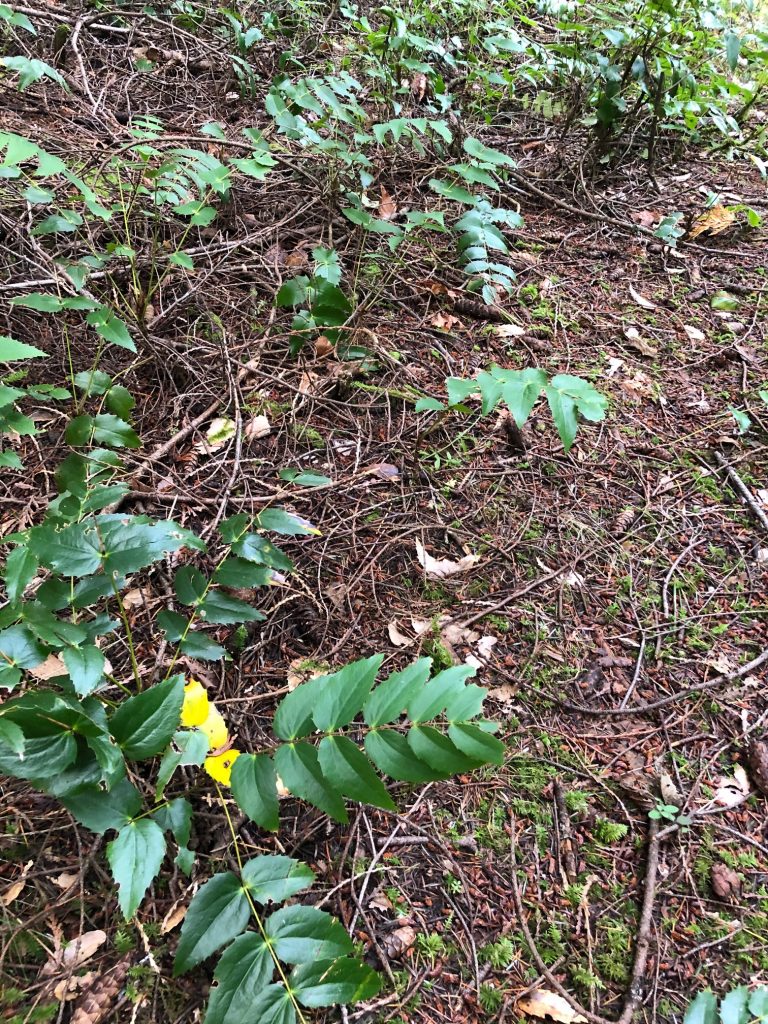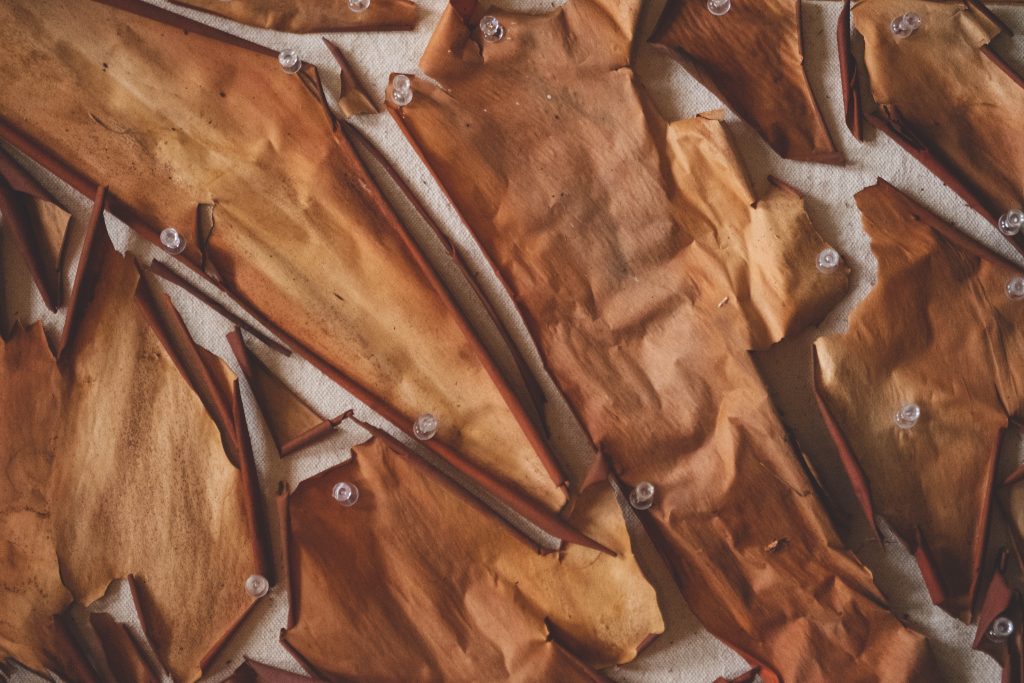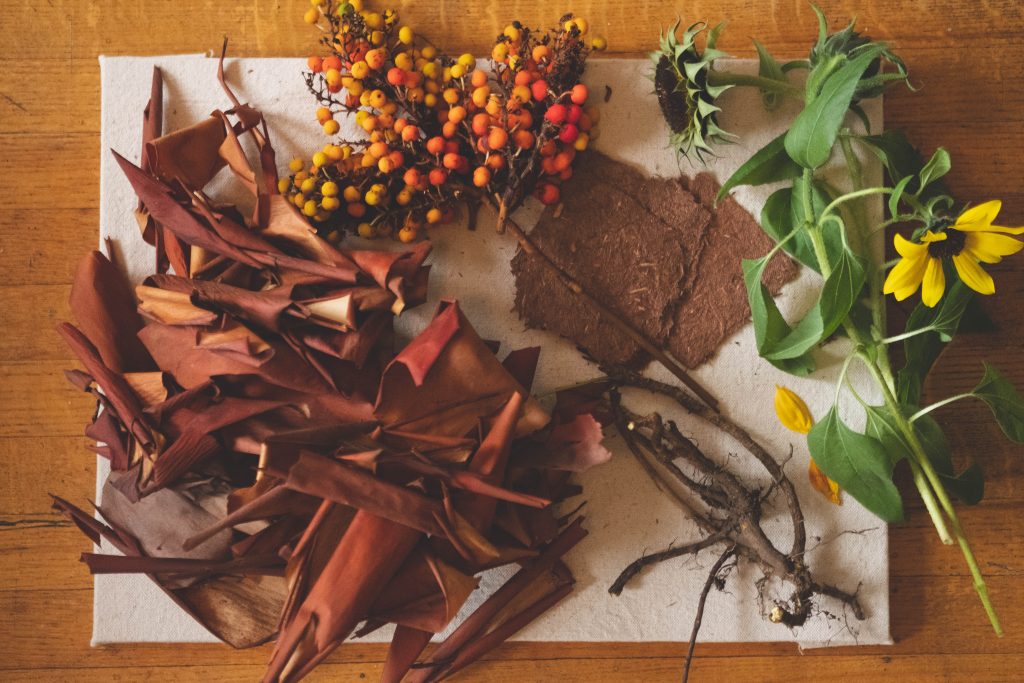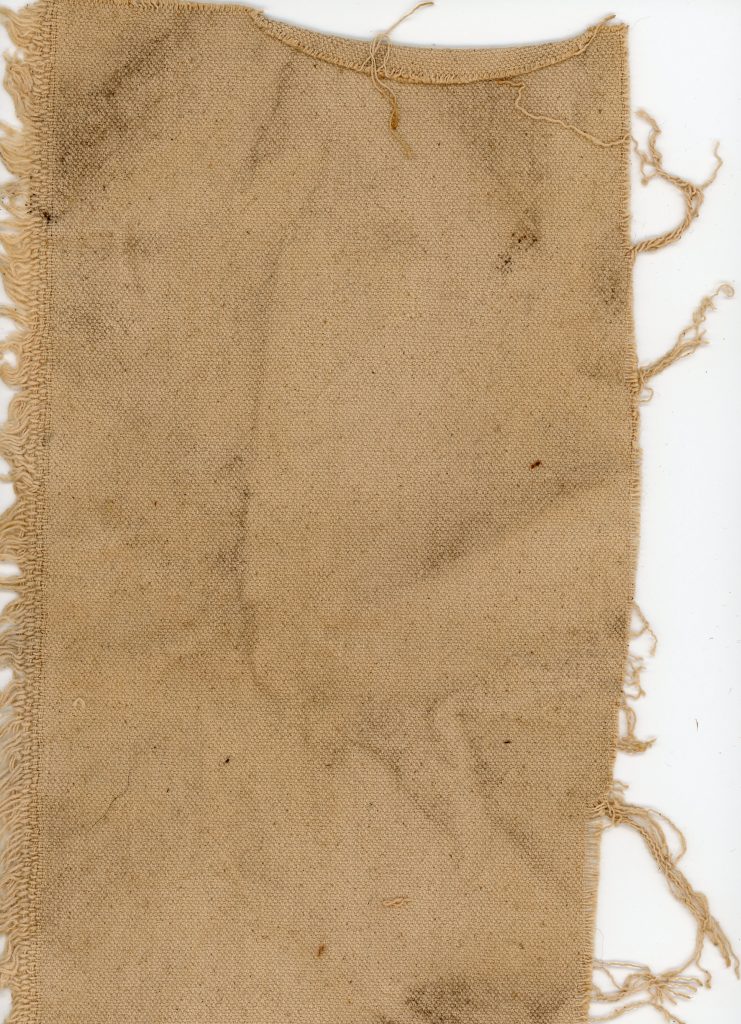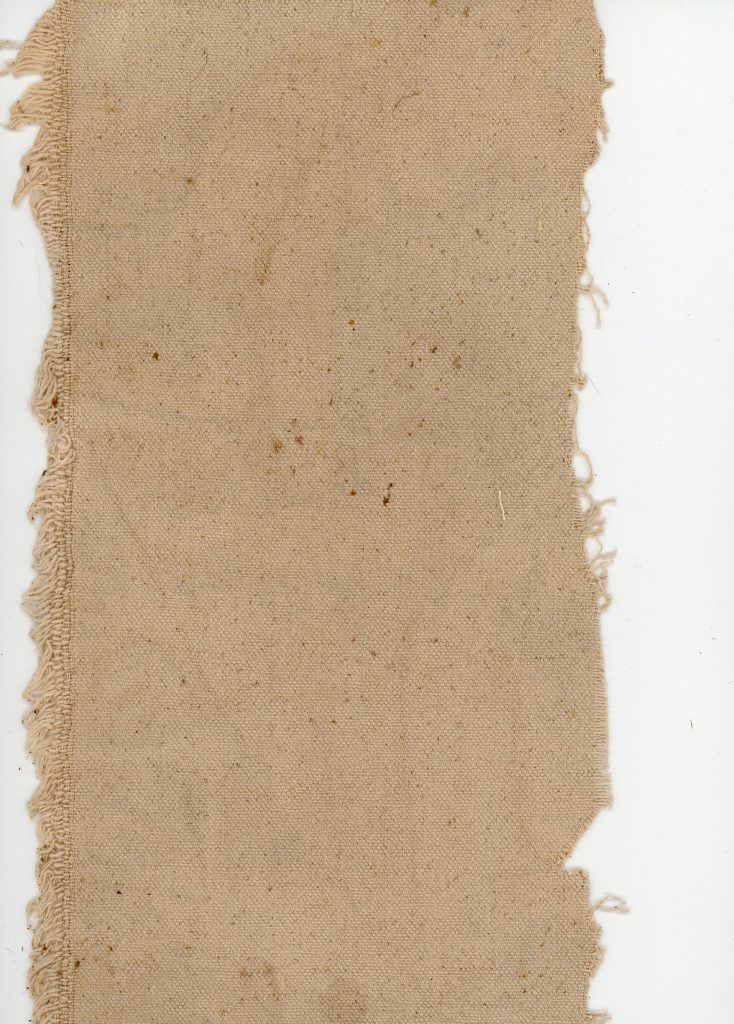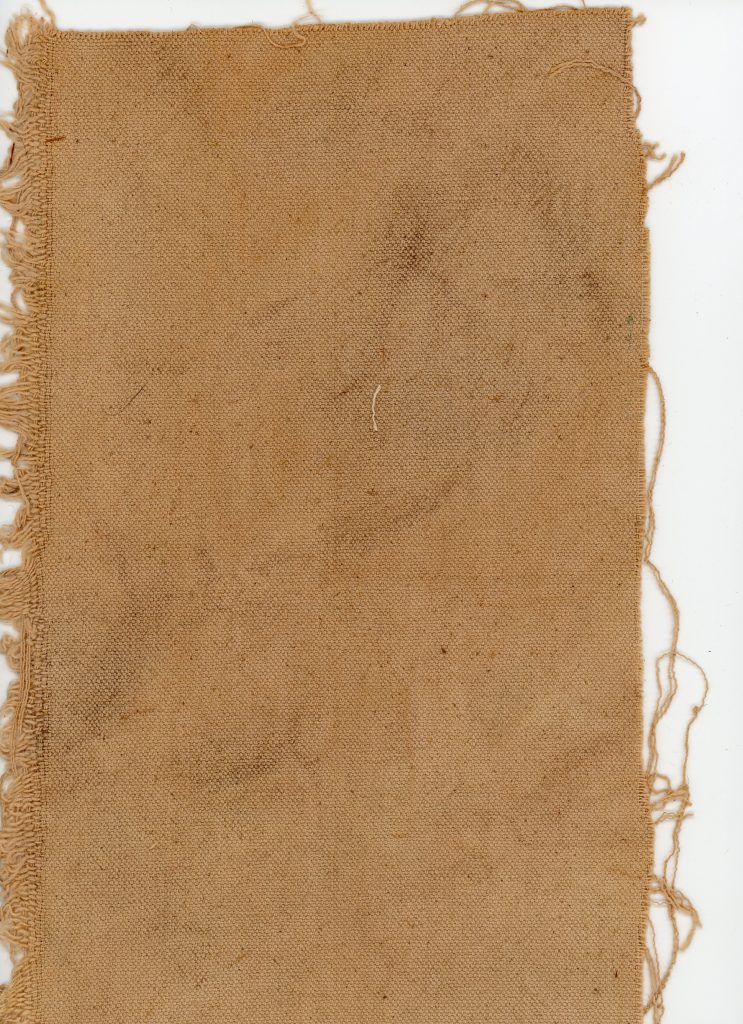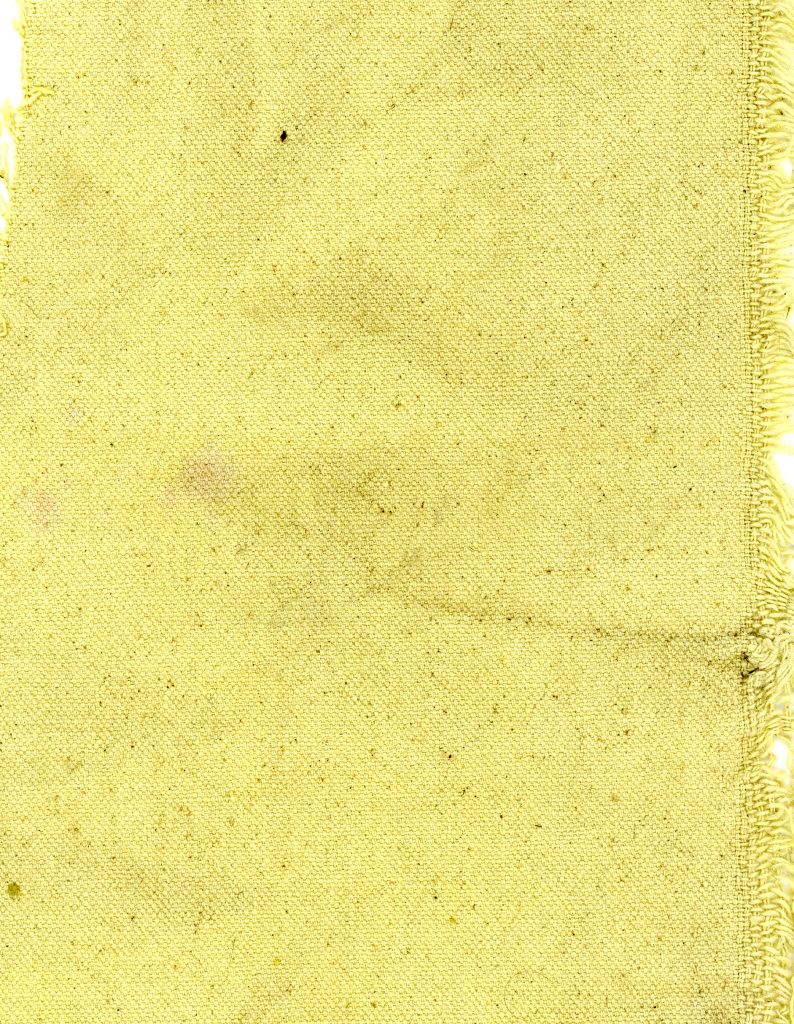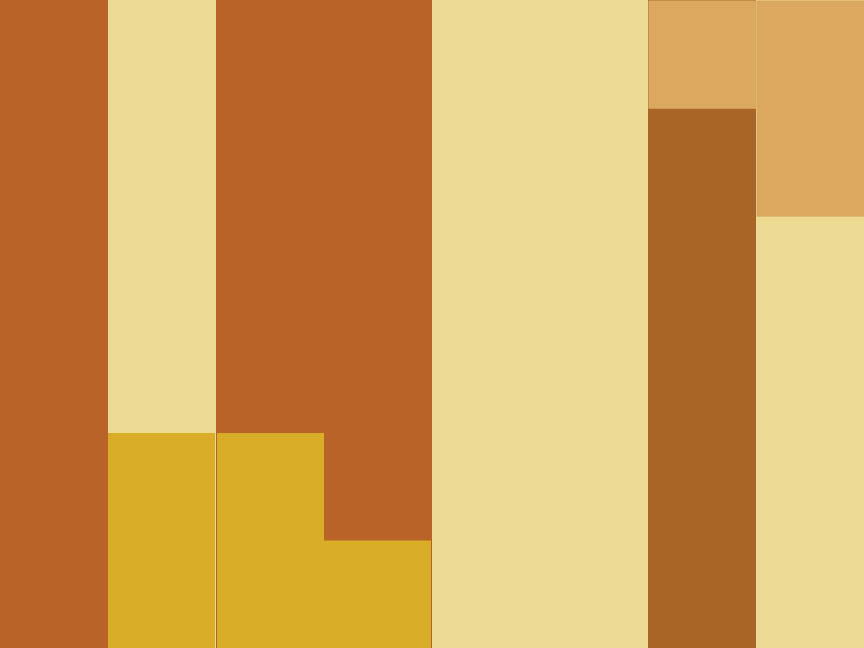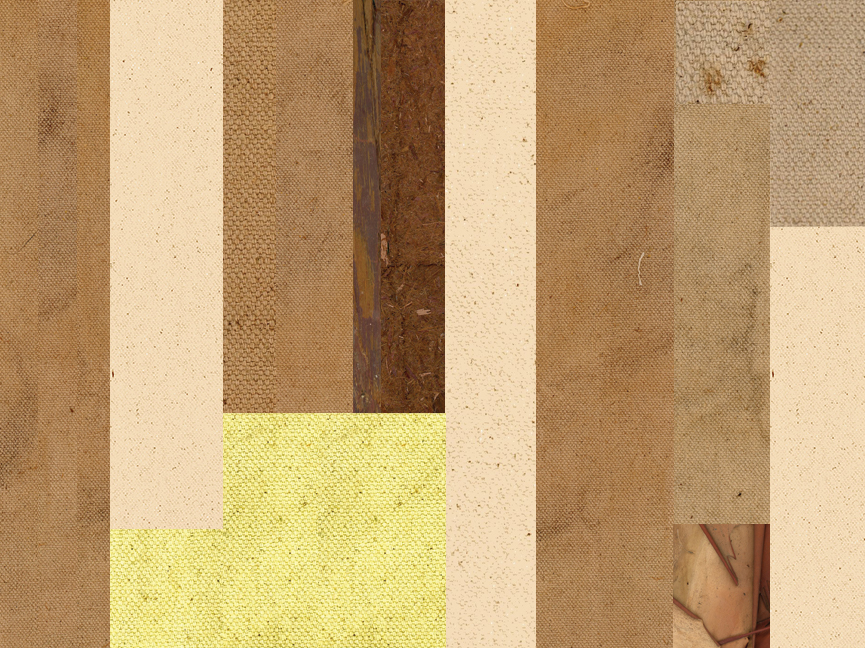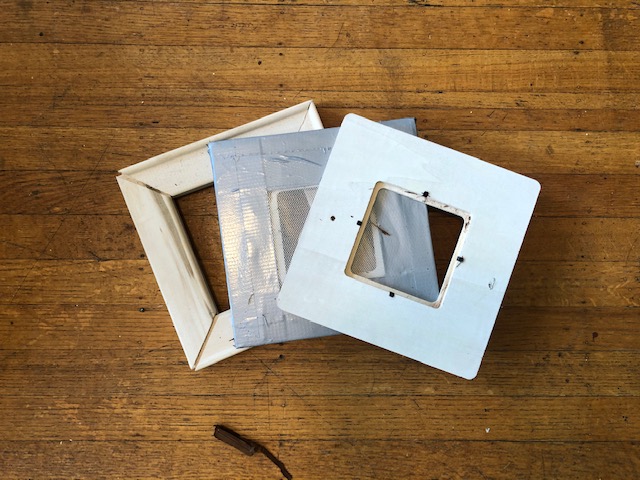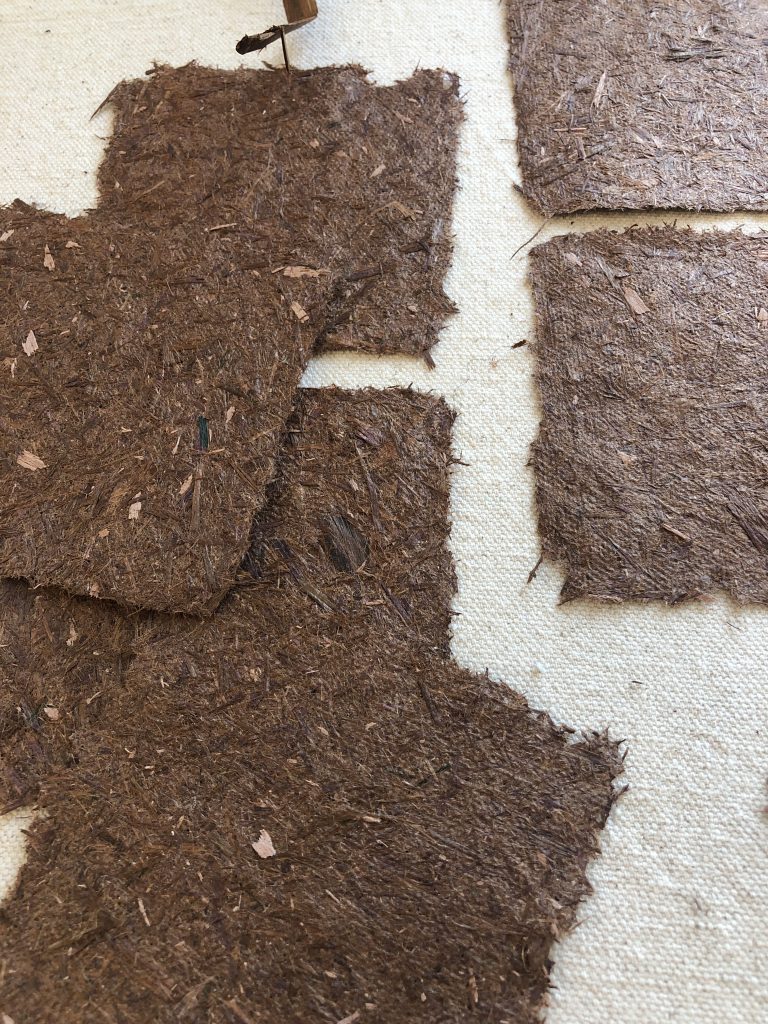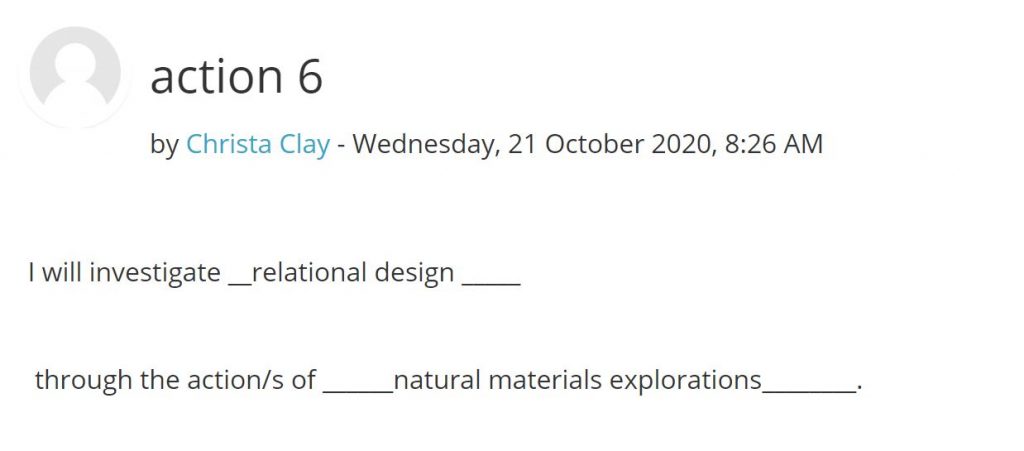
I started to regret this choice pretty soon after submitting this. I felt as though I had missed the mark on the assignment. Instead of trying to move forward from my previous actions, I took a step back into them. I was putting myself in a box. Uninspired, I couldn’t comfortably focus on this statement. By the time I began reflecting on this action, after beating myself up a bit over this, I came to some realizations. I may not have actively made something for the terms of this studio action — but I certainly did make moves.
Saturday was my first day in the Emily Carr ceramics studio. It was a glorious fall day out, and because of that, the studio was all mine. I found some space to call my own, and started wedging. I haven’t been throwing much this semester. I’ve felt as though I didn’t have time for it what with all of the coursework, my job, and day-to-day life being a full load. Being back in the studio has been such a breath of fresh air, reminding me how I got here, and where I want to go. I started making plates, a new venture for me.
Sunday we’d planned to go to an exhibit at a favourite Japanese store nearby, Itsumo. The exhibit was a collection of over 100 wooden cups, bowls, and plates, all made by a local furniture maker, Joji Fukushima. He crafts these pieces out of off-cuts from the furniture making, and therefore the space was filled with different varieties of wood. As they were all for sale, they’d mostly cleaned out by the time we arrived. Speaking with the shop’s owner, Natsumi, about the artist she knows so well, and her passion for craft, sparks began to fly.
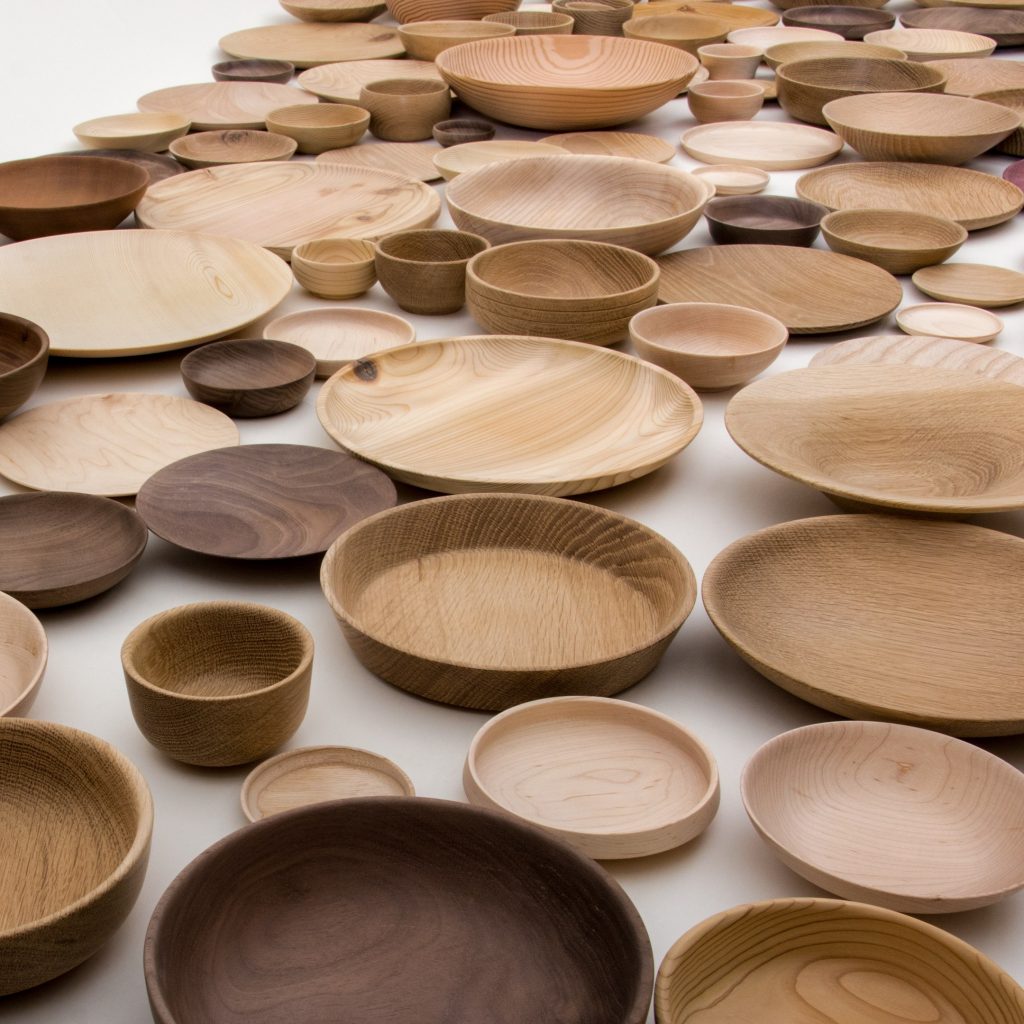
Above, some of Joji’s pieces from the IKE | いけ exhibit at Itsumo, October 2020.
This ignited the conversation around the possibility of acquiring a lathe, something that’s been of interest in our household for some time. Within 24 hours, we’d found one. And bought it. Last week we’d brought our first kiln home, and now we’re driving around with a 4.5 ft, 50 lb lathe in the back of our car. Things are a bit messy, but full of so much possibility and fun.
I’d tell you what comes next, but it turns into my next action (7). I’ve decided to listen to myself more in these actions. Instead of pushing myself into a wall, I’ll walk with the wind, the trees, the hallways of studios and shops. I’ll keep exploring the new mediums I’ve always wanted an excuse to try, and strive to connect these actions with the materials I use.
